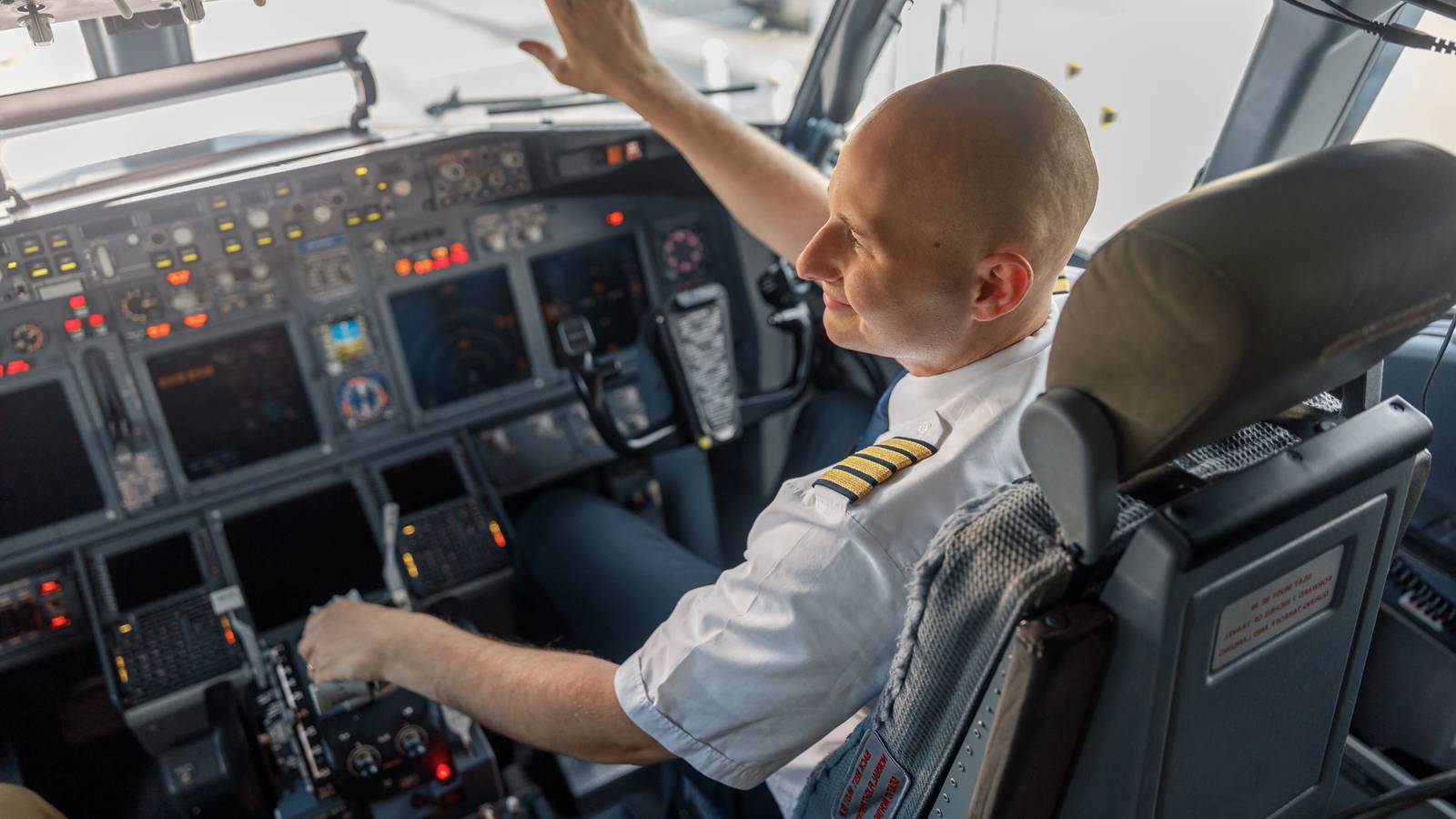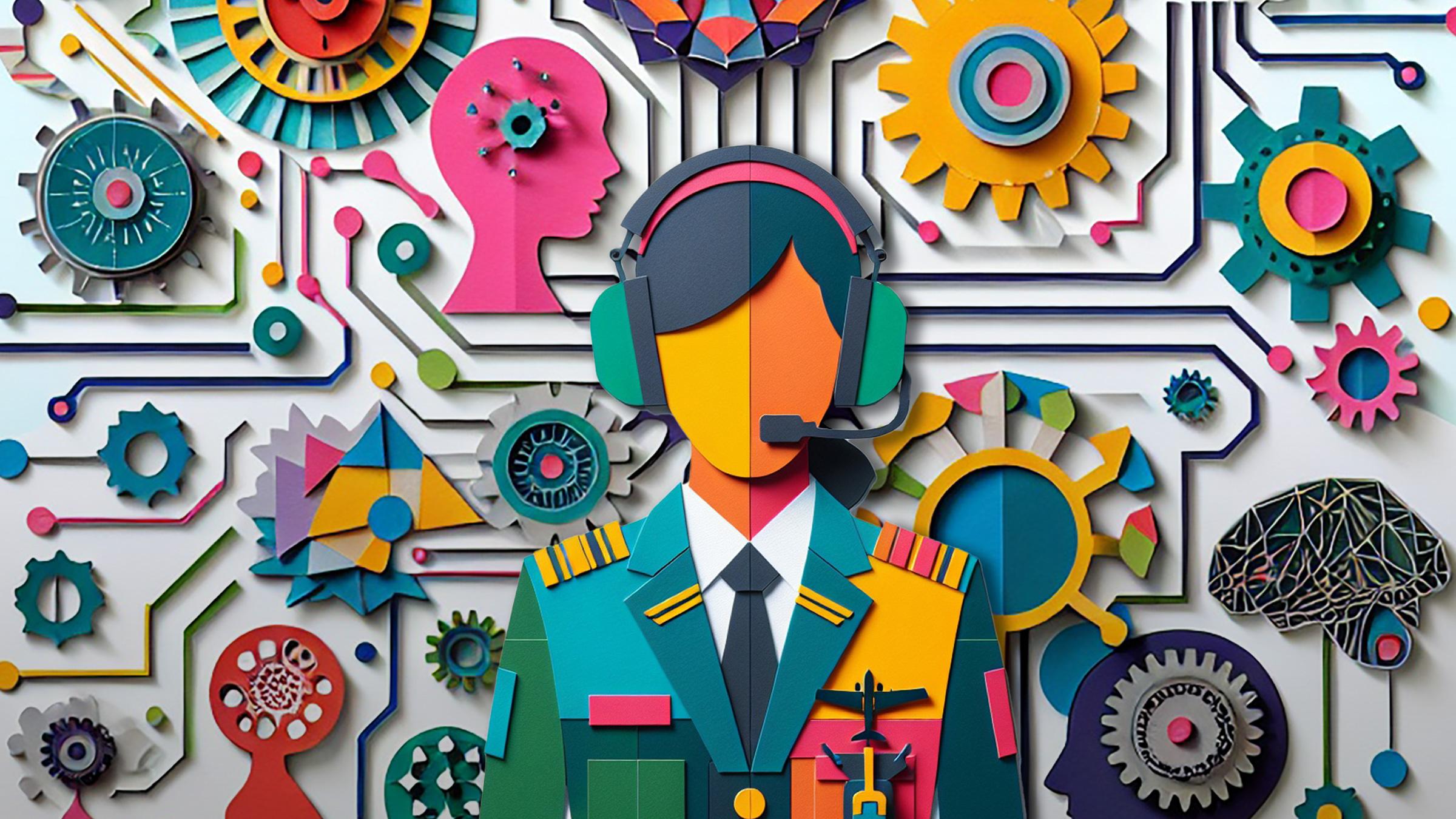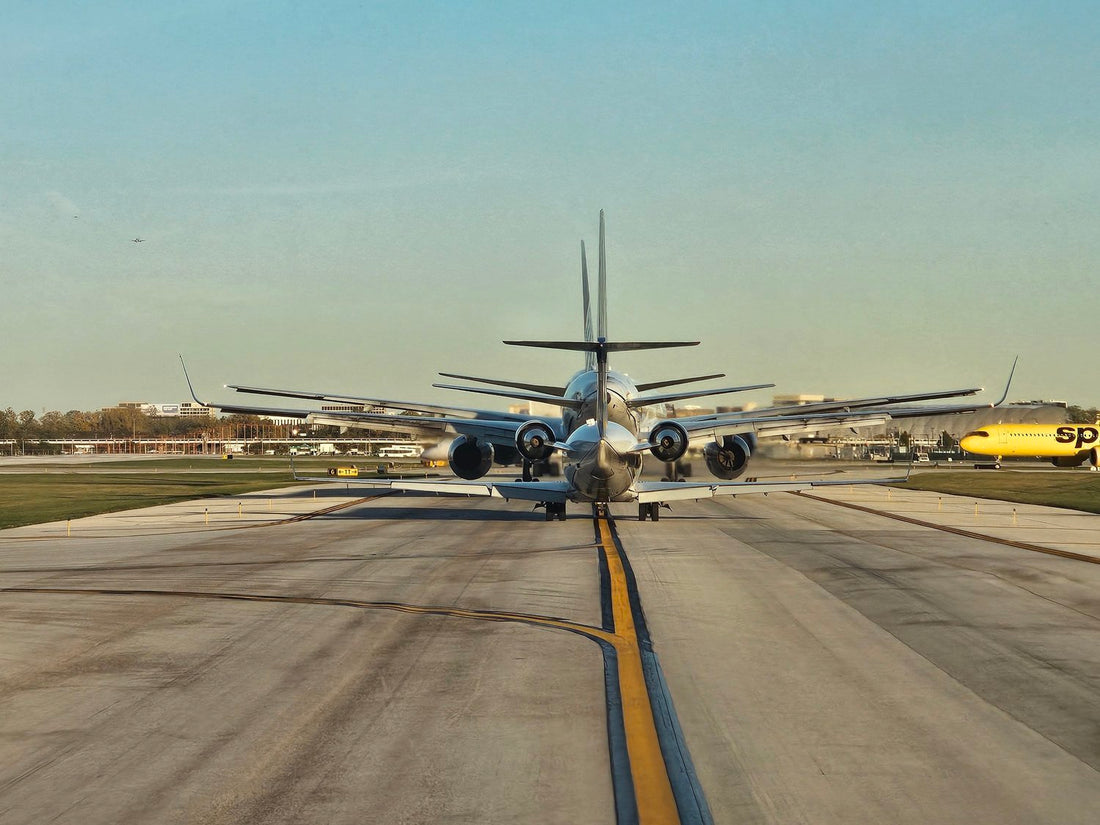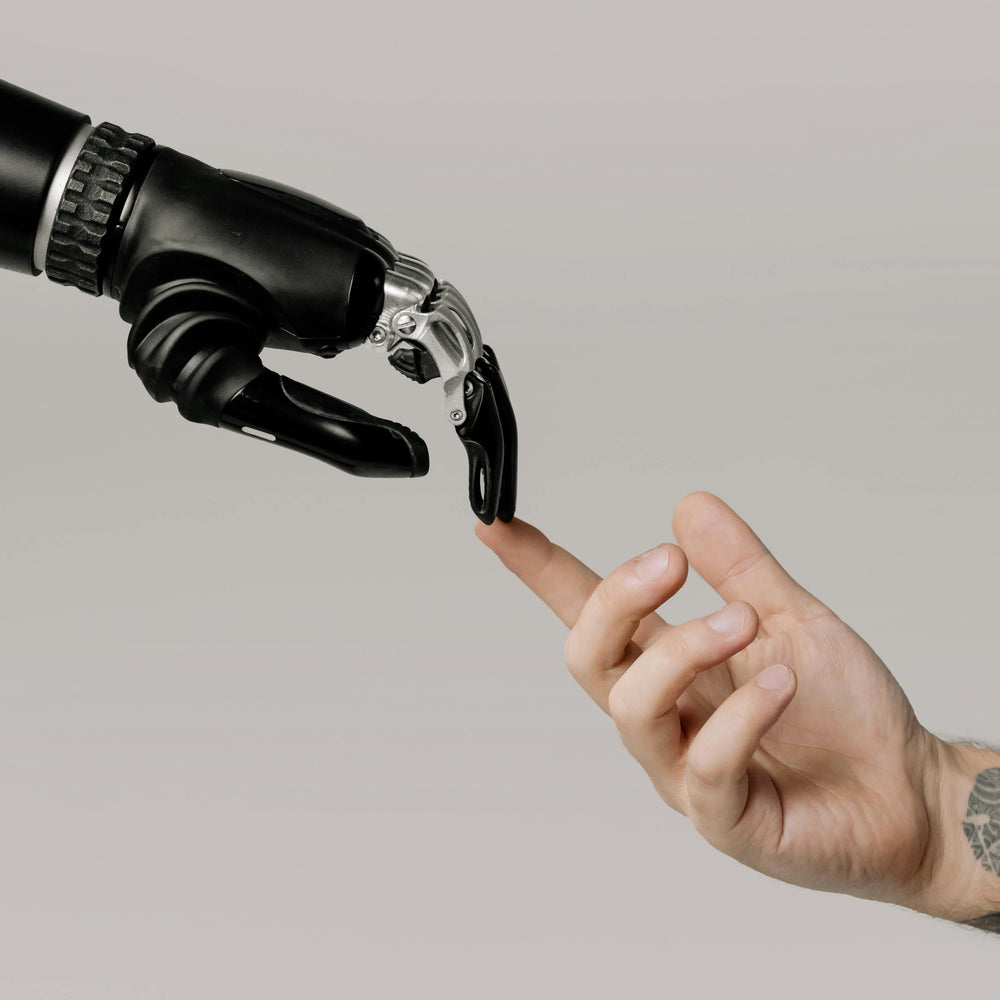In the world of aviation, the cockpit is a realm where human skill meets state-of-the-art technology. But what if technology could take the front seat entirely? The big question we're tackling today is, Will AI replace pilots? With rapid advancements in artificial intelligence, is your next flight likely to be piloted by an algorithm rather than a seasoned aviator?
This post will explore the fascinating dynamics between AI and the traditional role of pilots. We'll dive into the tasks AI is ready to handle and those where human instinct remains irreplaceable. From regulatory hurdles to the psychological trust passengers place in human pilots, we'll cover it all.
By the time you reach the final paragraph, you'll have a clearer picture of the future of aviation. You'll learn which aspects of piloting AI can enhance and which require a human touch. Whether you're an aviation enthusiast or a frequent flyer, stick around to navigate the potential skies of tomorrow.
Table of contents
Cockpits of the Future: Pilot Perspectives on AI
As the debate rages on about the potential replacement of pilots with AI, opinions among aviators vary widely. While some see AI as a powerful ally that can handle routine tasks, others express deep concerns. For instance, the Spanish pilots' union, Sepla, argues that substituting a pilot with AI threatens safety, emphasizing the irreplaceable human judgment needed during emergencies (ABC).

Credits: Wired.com
Many pilots acknowledge that AI can enhance certain operational aspects, like data analysis and predictive maintenance, but they stress that these technologies should support, not replace, human oversight. Studies from the University of Melbourne reveal that while pilots are generally open to AI assistants, they are not comfortable with the idea of AI making critical decisions (Pursuit).
In a world increasingly reliant on automation, the pilot community remains cautiously optimistic. They recognize that while AI could streamline operations and improve safety, the emotional and ethical aspects of flying—human connections, quick problem-solving—cannot be replicated by machines (New Scientist).
What parts of Pilot jobs will AI replace?
AI is set to take over specific tasks traditionally handled by pilots, particularly in areas such as navigation, monitoring flight systems, and routine communications. For instance, AI can automatically manage flight updates like weather conditions at alternate airports during cruise phases, significantly enhancing situational awareness and allowing pilots to concentrate on critical decision-making source.
Moreover, AI is already playing a role in reducing the number of pilots needed for certain operations, with concepts like Single Pilot Operations (SPO) emerging. This approach envisions scenarios where one pilot works alongside an AI system, particularly during less demanding phases of flight source. While these advancements promise increased efficiency, they also raise concerns about safety and the psychological aspects of having a human pilot in emergencies source.
What parts of Pilot AI cannot replace
While AI is making strides in automation, certain aspects of a pilot's job are irreplaceable. For example, during critical moments like takeoff, landing, or navigating through turbulence, human pilots excel in crisis management. According to a LinkedIn post by Ashanka Iddya, despite autopilot handling 90% of the flying, human judgment is essential for addressing complex, unpredictable situations.
Additionally, pilots bring emotional intelligence to the cockpit, managing the dynamics of their crews and ensuring passenger comfort. As highlighted in an article from Aerospace America, pilots can interpret subtle cues that help them make informed decisions, something AI currently lacks. This ability to adapt and connect with people reinforces that pilots remain a vital resource in aviation.
Career pivot for pilots in the AI era
In the AI era, the pilot's role is evolving from mere operators to strategic overseers of advanced technologies. According to McKinsey, pilots will increasingly rely on AI systems for tasks such as predictive maintenance and real-time data analysis. This shift means embracing AI as a co-pilot, enhancing decision-making and managing operational tasks more effectively. Pilots need to understand how to interact with these AI systems, which can analyze vast amounts of data to assist in making critical decisions.

Credits: ACM
To adapt to these changes, pilots should focus on developing skills in data interpretation and technology use. Engaging in continuous learning through online courses and workshops can help pilots stay updated on AI applications in aviation. The article from LinkedIn emphasizes the importance of collaboration skills as pilots will work closely with AI and maintenance teams. By mastering these competencies, pilots can ensure they remain valuable contributors in an industry increasingly defined by technological advancement.
Pilot hiring trends in the US
The pilot job market in the U.S. is undergoing a significant transformation in 2025, driven by a mix of retirements and increased air travel demand. Major airlines like Delta, American, and United are stepping up hiring efforts, with Delta planning to recruit over 5,000 pilots as they expand routes and acquire new aircraft. Meanwhile, American Airlines aims to fill 1,500 positions due to an influx of retirements.

Credits: avtabs.com
Regional airlines are also aggressively hiring, offering entry-level positions that are ideal for new pilots. For instance, Envoy Air and GoJet Airlines are expanding their fleets and creating more pilot opportunities. The ongoing pilot shortage, predicted to reach a shortfall of 24,000 pilots by 2026, highlights the strong demand across the industry, making now an opportune time for aspiring pilots to enter the field.
Is Pilot AI safe?
The role of a pilot appears to be AI safe for now, primarily due to the unique demands of the aviation industry that require human skills. While AI is transforming sectors like finance and manufacturing, the cockpit remains largely human-led because of the stringent regulatory challenges, such as those imposed by the FAA and EASA, which make rapid AI adoption in aviation unlikely.

Credits: Zino Aviation
Public trust and safety are top priorities for airlines, and passengers generally feel more comfortable with human pilots at the helm, especially in emergencies. As noted in Simple Flying, AI systems handle routine tasks but lack the capacity for quick, complex decision-making required in unforeseen scenarios. While concepts like Single Pilot Operations are being explored, the full replacement of human pilots by AI faces considerable resistance from regulatory bodies and pilot unions.
Hiring a Pilot? Here’s What to Look For
When searching for a pilot, you want candidates who not only meet the basic qualifications but also excel in critical skills relevant to today’s aviation landscape. Pay attention to attributes like adaptability to new technologies, data literacy, and robust communication abilities. A candidate's experience with AI-influenced tools, such as flight simulators and performance analytics, can set them apart from the pack. Using Adaface's assessments helps you carve through the noise and pinpoint candidates with these essential skills.
To streamline your screening process, consider incorporating specialized evaluations. The Prompt Engineering Test and the Generative AI Test from Adaface assess the modern competencies needed for pilots today. These tests evaluate candidates' abilities to work with AI tools and interpret data effectively, ensuring you select individuals who can thrive in the evolving aviation industry.
Prompt Engineering Test
Generative AI Test
Pilot Aptitude Test
Piloting Tomorrow: A Horizon of Opportunity with AI
For current pilots, AI promises a transformed and enriching role. It acts as a sophisticated co-pilot, handling routine operations and data analysis, freeing human aviators for critical decision-making and strategic flight management Source 1. This augmentation makes the pilot's role more engaging, reduces workload, and enhances safety, also allowing for adaptive, personalized training via simulators Source 7, Source 1.

Credits: Kore Aviation Blog
For those hiring, AI integration presents exciting new career paths and a stronger workforce. It brings improved operational accuracy, predictive maintenance, and optimized flight routes, boosting profitability and overall safety for airlines Source 9. The growing demand for pilots skilled in human-AI collaboration creates opportunities in areas like drone operations and aviation cybersecurity, making adaptable, AI-literate pilots highly valued Source 5.
Looking ahead, aviation embraces a collaborative model where human expertise remains paramount, supported by AI's analytical power Source 2. This synergy promises safer, more streamlined flights and rewarding professional journeys for pilots Source 9. Embrace this future with optimism - the human touch will continue to guide the skies, now more empowered than ever.

40 min skill tests.
No trick questions.
Accurate shortlisting.
We make it easy for you to find the best candidates in your pipeline with a 40 min skills test.
Try for freeRelated posts



